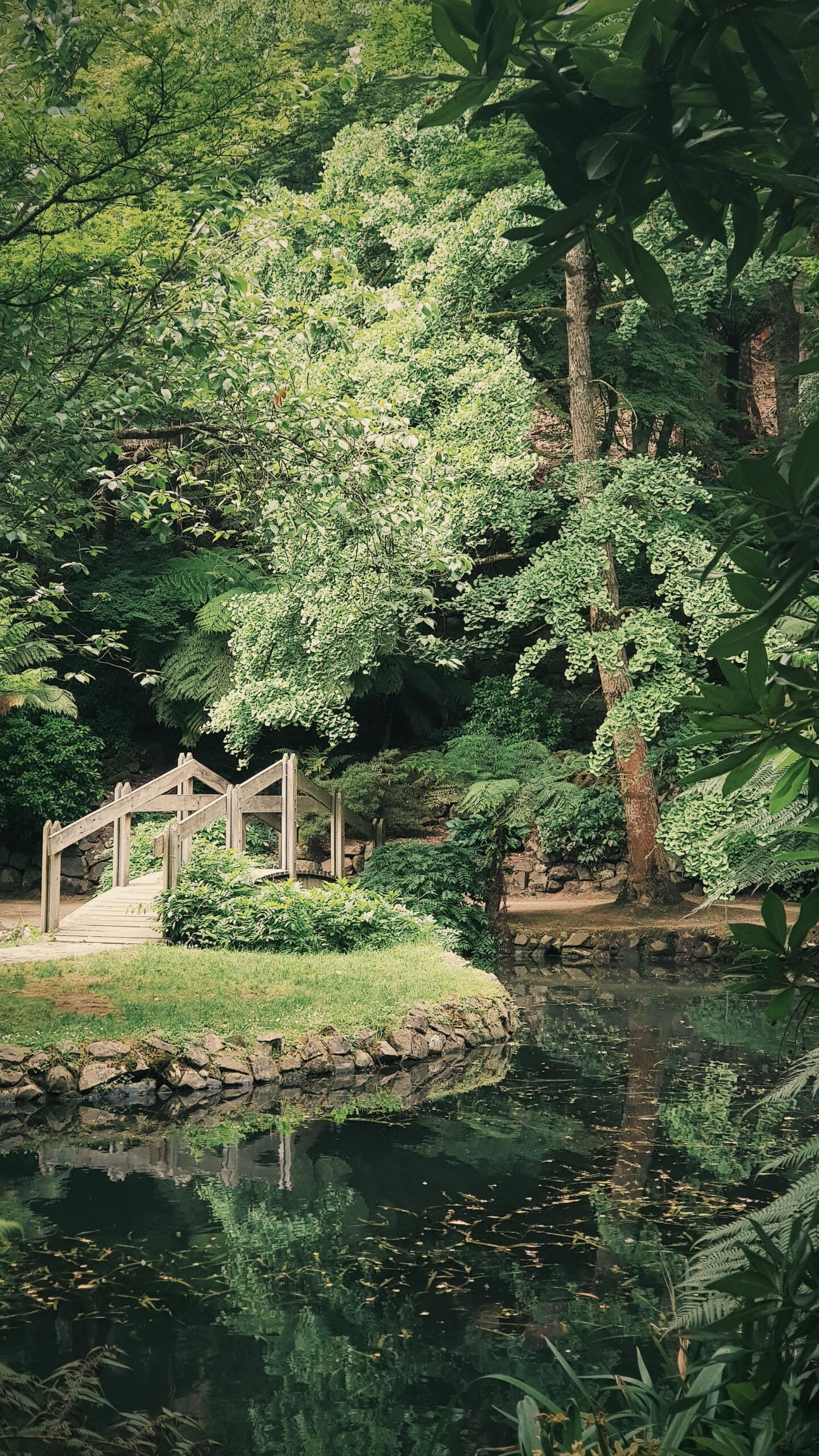Mastering the Borderline
Landscape edging is an essential element in designing and maintaining a beautiful outdoor space. It serves as a physical and visual boundary between different areas of your garden, such as flower beds, walkways, and lawns. By creating clean lines and defined borders, landscape edging not only enhances the aesthetic appeal of your garden but also helps in keeping it organized and easy to maintain.
The Material World
There is a vast array of materials available for landscape edging, each with its own unique properties and appearances. Some popular options include:
- Metal Edging: Metal edging, such as steel or aluminum, is a durable and long-lasting choice. It is resistant to rust, can be easily bent to create curves, and has a subtle appearance that blends seamlessly with its surroundings.
- Stone or Brick Edging: Stone or brick edging provides a classic, timeless look that adds a touch of elegance to your garden. This type of edging is highly versatile and can be arranged in various patterns to suit your design preferences.
- Plastic or Rubber Edging: Plastic or rubber edging is an affordable and easy-to-install option, perfect for those who prefer a low-maintenance solution. This type of edging is available in a wide range of colors and styles, making it easy to find one that complements your garden’s design.
- Wood Edging: Wood edging, such as railroad ties or landscape timbers, adds a warm, natural touch to your outdoor space. However, it requires regular maintenance to prevent rot and decay.
Getting in Shape
When it comes to landscape edging, there are several shapes and styles to choose from. Some popular options include:
- Straight Edging: Straight edging creates a clean, modern look and is ideal for separating geometrically-shaped areas of your garden, such as rectangular flower beds or square lawns.
- Curved Edging: Curved edging brings a sense of flow and movement to your garden. It works well for separating areas with irregular shapes, such as winding pathways or organically-shaped flower beds.
- Scalloped Edging: Scalloped edging adds a decorative touch to your landscape and is perfect for creating a whimsical, cottage garden feel.
- Mitered Edging: Mitered edging involves cutting the ends of the edging material at an angle, allowing for seamless transitions between straight lines and curves.
The Perfect Finish
Once you have chosen the appropriate materials and styles for your landscape edging, it’s time to install and maintain it. Proper installation ensures that your edging remains stable and lasts for years to come. Depending on the material, this may involve digging a trench, using stakes or anchors, or securing the edging with adhesive. Regular maintenance, such as cleaning, trimming, or painting, will keep your edging looking fresh and in top condition.
By incorporating landscape edging into your garden design, you can create a polished, cohesive look that not only enhances the beauty of your outdoor space but also makes it easier to maintain. So, get inspired, choose your materials and styles, and start defining your garden’s borders today!






















